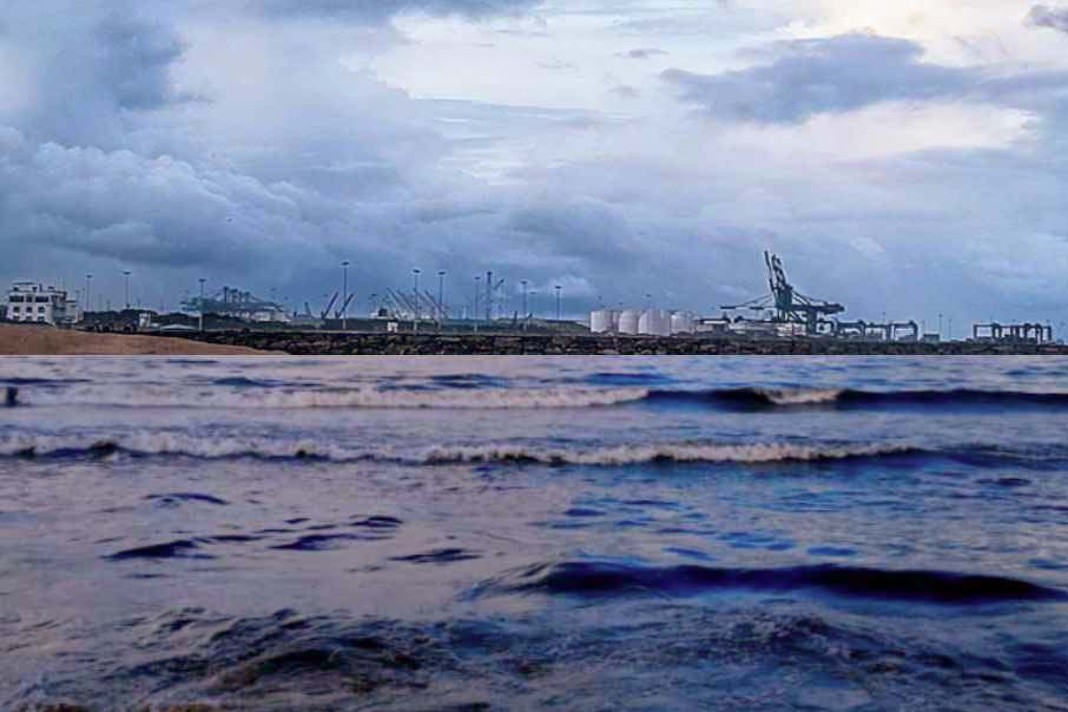 The NATO Cooperative Cyber Defence Centre of Excellence (CCDCOE) has released a critical policy brief highlighting the growing cyber threats to maritime port infrastructure. Titled “Addressing State-Linked Cyber Threats to Critical Maritime Port Infrastructure,” the brief outlines the increasing frequency of cyberattacks on ports and provides key recommendations to strengthen NATO’s maritime cyber defence capabilities.
The NATO Cooperative Cyber Defence Centre of Excellence (CCDCOE) has released a critical policy brief highlighting the growing cyber threats to maritime port infrastructure. Titled “Addressing State-Linked Cyber Threats to Critical Maritime Port Infrastructure,” the brief outlines the increasing frequency of cyberattacks on ports and provides key recommendations to strengthen NATO’s maritime cyber defence capabilities.
Ports: Critical Yet Vulnerable
Maritime ports handle about 80% of global trade and are integral to NATO’s military logistics. However, they are now frequent targets of cyberattacks, many of which are linked to state-sponsored actors from countries like Russia, Iran, and China.
Cybersecurity Challenges in Maritime Infrastructure
The brief outlines core challenges, including:
-
Integration issues between traditional industrial control systems and modern digital platforms.
-
A complex threat landscape with actors ranging from state-sponsored APTs to cybercriminals.
-
Existing policy and intelligence-sharing gaps in port cybersecurity.
Recommendations for NATO Response
To counter these threats, the brief recommends:
-
Building sector-specific intelligence-sharing networks.
-
Creating coordinated response mechanisms.
-
Implementing resilience standards without compromising port efficiency.
Research Collaboration and Support
The report is backed by threat intelligence from EclecticIQ, Silobreaker, and strategic insights from NATO Allied Maritime Command (MARCOM) and Commander Mike Widmann, ensuring a well-rounded view of both technical and military logistics concerns.
Did you subscribe to our daily Newsletter?
It’s Free Click here to Subscribe!
Source: CCDCOE

















